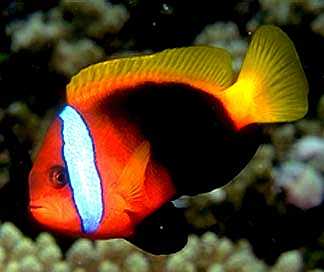
Marine fish and invertebrates
are very sensitive animals, requiring the utmost care and attention to
water quality, lighting and filtration.
Most fish are easier to
keep than invertebrates and will tolerate any degree of variance where
water quality is concerned, this is, of course, not a trend to be encouraged
and the marinist will find that by improving water parameters fish remain
healthier, display better coloration and live longer.
The only satisfactory way
of confirming the presence of various dilute toxic substances is to use
an accurate test kit.
There are six of these kits
which all marinist should own and use: ammonia, nitrate, nitrite, pH, specific
gravity and copper. Ammonia and nitrite will enable the maturation of the
aquarium filters to be monitored and confirm hen it is complete. The test
will look for overstocking, overfeeding, mortality and a breakdown of biological
filtration.
Specific gravity and pH
are very useful in enabling the stability of the water to be managed, as
the parameters are easily adjustable. The nitrate kit will have no initial
use, but it will provide a vital aid in assessing the quality of the mains
water.
There are many other test
kits available to mark the progress of an aquarium and confirm there are
no impending disasters: dissolved oxygen, carbon dioxide, alkalinity, phosphate,
silicate, calcium, redo potential, conductivity, iron, ozone. Tests carried
out by electronic meters are highly accurate, but their price might deter
hobbyists.
WHEN TO TEST
Monitoring a new set up will involve
a nitrite and ammonia test to be carried out each day. pH can be measured
every few days at the beginning and more often as livestock are introduced.
Once the tank has matured, ammonia and nitrite tests can be reduced to
weekly for the first few months but every day before new livestock is introduced.